Fear and Love
Q&A with Madeline Gannon
As the new Design Museum's opening exhibition 'Fear and Love' draws to a close on the 23 April, installation designer Madeline Gannon speaks to the Design Museum about her design inspirations, career so far and 'Mimus', the mechanical creature on display at Fear and Love.
Madeline Gannon presents Mimus
A multidisciplinary designer based in Pittsburgh, Madeline Gannon created custom software to transform a 1200kg industrial robot into a living, breathing mechanical creature named Mimus. More than a tool for performing repetitive tasks, Mimus is able to sense and respond to your presence as you near her enclosure. With support from Autodesk, Gannon shows that despite our collective fears and anxieties surrounding robotics, we have the power to foster empathy and companionship between humans and machines.
How did you first become interested in design?
When I was in high school, I visited the Metropolitan Museum of Art for the very first time. And wandering through its exhibition halls, I found myself staring at the building instead its spectacular art: the throngs of people cascading down the grand staircase; the light flooding through the sculpture court yards; ebb and flow of crowds near iconic pieces. That's when I thought I might be an architect in the making.
How has your design education and background influenced your career?
My architectural background is fundamental to how I think about and explore the future. In my work, I take my hypersensitivity to how people move through space, and invent ways to embed this spatial understanding into machines. This affords me a divergent, outsider's point of view on how these machines might join us in the built environment.
Where do you draw inspiration for your work?
My work is inspired by a deep curiosity for the future. This often involves a decent amount of day dreaming, asking a lot of what if questions about the future, and then setting off to make these questions a reality in the present.
What makes good design?
Good design challenges assumptions about the way things are and shows ways they could be. As designers, we have the liberty to wander amongst different silos of disciplinary knowledge and offer novel perspectives on entrenched problems. Our insatiable curiosity drives us to conceive and create worlds that are full of alternative futures.
Tell the Design Museum about ‘Mimus’- the mechanical creature on display at the Fear and Love exhibition and the process of its creation?
Every aspect of Mimus — from the interaction design to her physical environment — is designed for visitors to forget they are looking at a machine, and instead see her as a living creature. This lets us use the robot’s body language and posturing to broadcast a spectrum of emotional states to visitors: when Mimus’ sees you from far away, she looks down at you using a fairly intimidating pose, like a bear standing on their hind legs; when you walk closer to her, Mimus approaches you from below, like a dog that is excited to see you. When something responds to us with lifelike movements — even when it is clearly an inanimate object — we cannot help but project our emotions onto it. For Mimus, her body language acts as a medium for cultivating empathy between museum goers and a 1,200kg pile of metal and motors.
Why as a society do we have collective fears surrounding robotics, will they be a help or hindrance to humankind?
How sentient machines should engage in our daily lives is an active area of research and debate. However, part of the problem — and perhaps root of our collective anxiety — is that people have very little agency to participate in making this decision. We feel as if this technology is happening to us, not with us. My ambition with Mimus was to ask these tough questions surrounding human-robot relationships. Taking these questions out of the lab and into a public setting gives an opportunity for people to grapple with these issues themselves.
Can humans empathise and foster companionship with machines?
Empathy is important for every designed interaction, not just with machines. Empathetic interfaces — ways of creating a shared understanding between people and the built environment or technology, — is an oversight in the software and machines we encounter on a daily basis. I’m excited that this is starting to change, and that more and more people are beginning to incorporate principles of Human-Centered Design into technology.
Do you have a message for young women considering a career in design and mechanical engineering?
Focus on encouraging an unbridled curiosity and enthusiasm for the world around you. Over time, these ingredients will grow into a confidence and a tenacity that will make you undeniable.

Mimus illustrations | Courtesy of Madeline Gannon
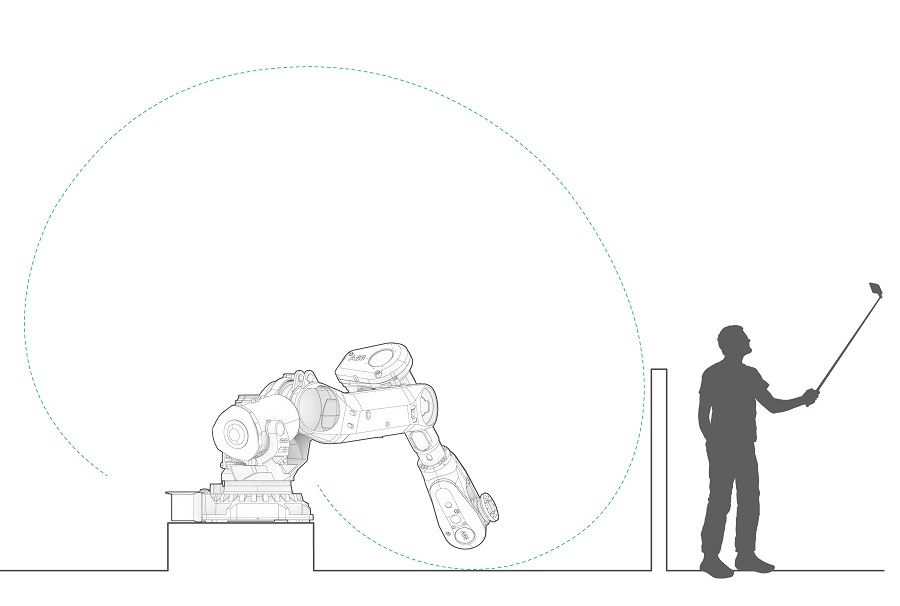
Mimus illustrations | Courtesy of Madeline Gannon
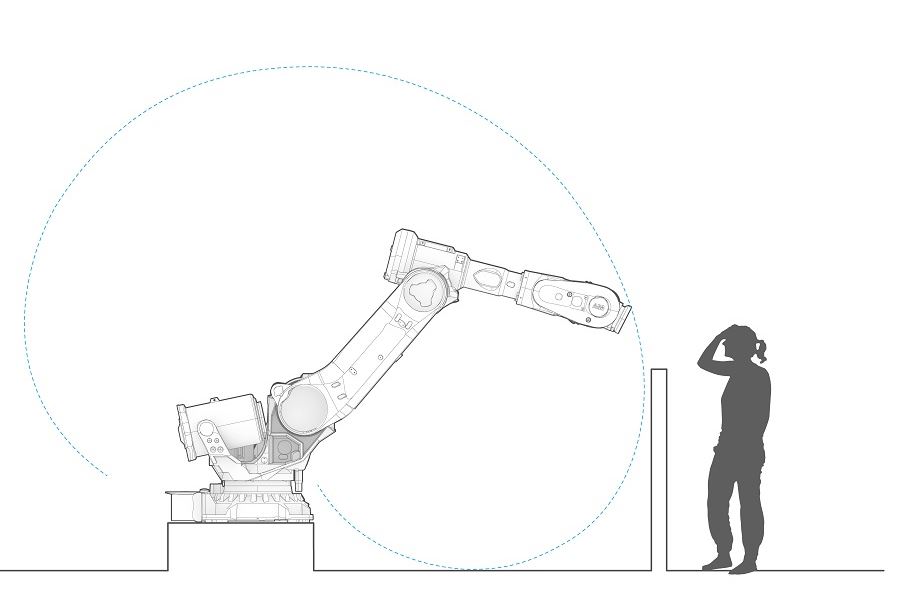
Mimus illustrations | Courtesy of Madeline Gannon
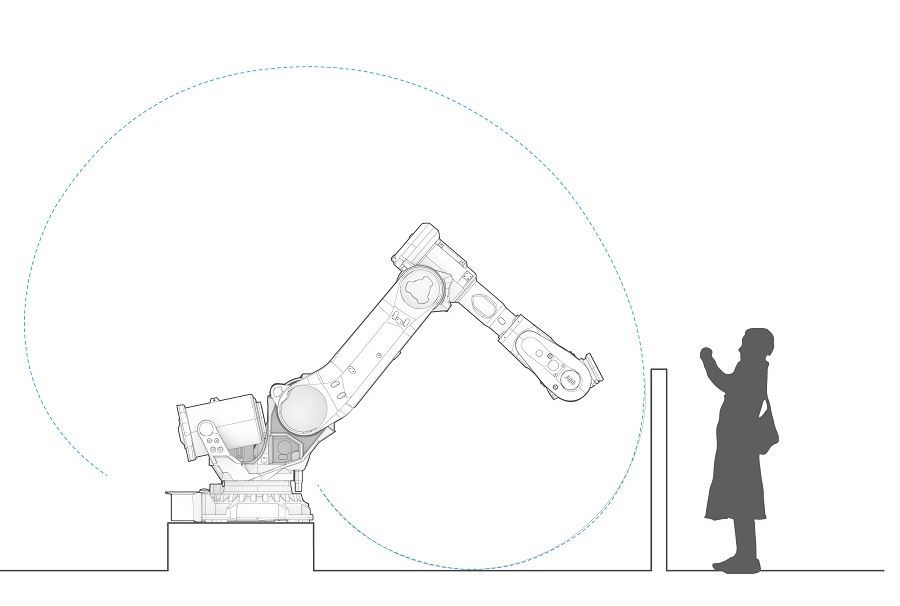
Mimus illustrations | Courtesy of Madeline Gannon
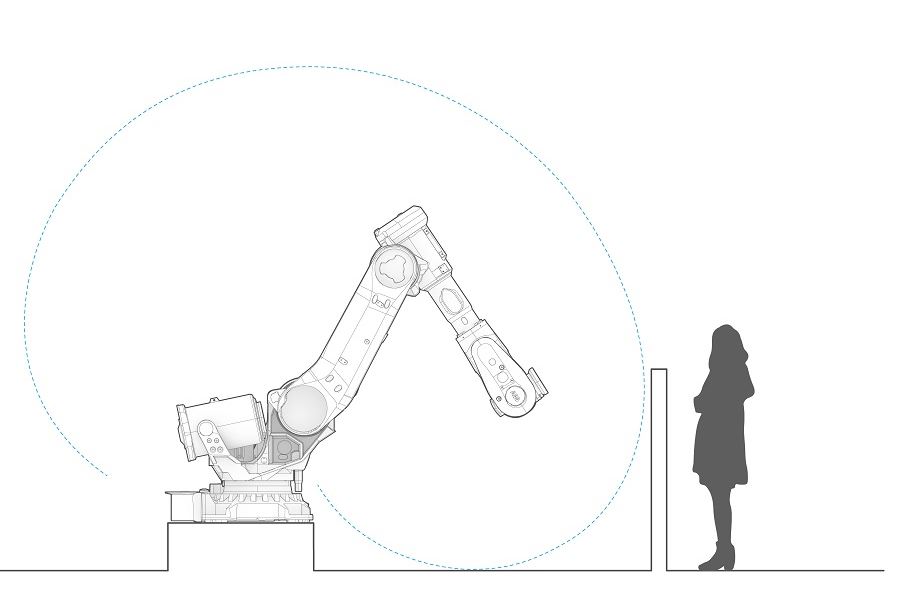
Mimus illustrations | Courtesy of Madeline Gannon

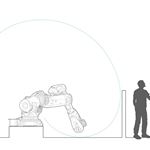

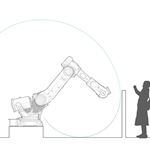
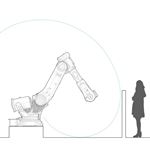
Related exhibition
